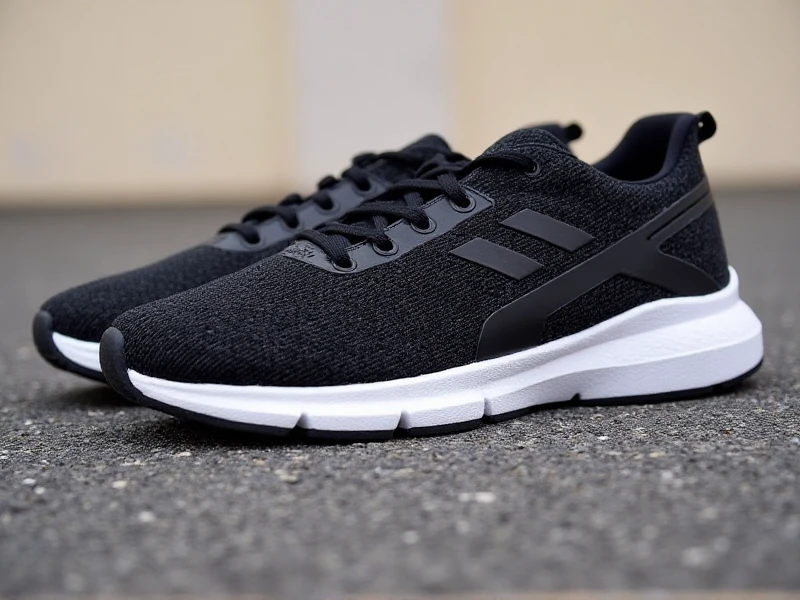The Ultimate Guide to Choosing the Best Men's Running Shoes for Your Feet
2025-06-12

Finding the perfect pair of men's running shoes can transform your running experience. Whether you're training for a marathon, hitting the treadmill, or enjoying weekend trail runs, the right footwear impacts performance, prevents injury, and keeps you comfortable mile after mile. Here’s what every runner needs to know to select optimal men’s running shoes.
1. Understand Your Foot Type & Gait
Your arch shape (flat, neutral, or high) and pronation (how your foot rolls inward) are fundamental. Visit a specialty running store for a gait analysis. Overpronators benefit from stability or motion control shoes with medial support. Neutral runners have the widest selection, including cushioned neutral men’s running shoes. Supinators (underpronators) require flexible, cushioned options.
2. Prioritize Fit Above All
A perfect fit is non-negotiable. Ensure:
- Thumb’s width of space between your longest toe and the shoe’s end.
- Secure heel lock without slippage.
- Comfortable midfoot width (no pinching or side spillage).
- Ability to wiggle toes freely.
Tip: Shop late afternoon when feet are slightly swollen, and wear running socks.
3. Match Cushioning to Your Running Style
Cushioning absorbs impact but varies significantly:
- Maximal Cushion: Plush, soft soles for long distances or joint protection (e.g., HOKA Bondi).
- Moderate Cushion: Versatile for daily training (e.g., Brooks Ghost).
- Minimalist/Barefoot: Enhances ground feel and natural stride (e.g., Altra Escalante).
- Racing Shoes: Lightweight, often with carbon plates for speed (e.g., Nike Vaporfly).
4. Consider Running Surface
- Road Running Shoes: Flexible, cushioned soles for pavement. Prioritize lightweight durability.
- Trail Running Shoes: Aggressive treads, rock plates, and waterproof options (e.g., Gore-Tex) for uneven terrain. Enhanced ankle support is common.
- Hybrid Shoes: Versatile for mixed surfaces if you frequently switch.
5. Key Technologies to Look For
- Midsole Foam: EVA, PU, PEBA, and TPU blends dictate responsiveness and longevity. Brands like ASICS (GEL), Adidas (BOOST), and Saucony (PWRRUN) have proprietary compounds.
- Energy Return: Foams like Nike’s ZoomX propel you forward efficiently.
- Breathable Uppers: Engineered mesh keeps feet cool and reduces hotspots.
- Durable Outsoles: Carbon rubber (heel) blown rubber (forefoot) balances traction and weight.
6. Replace Shoes Timely
Most men's running shoes lose optimal support and cushioning after 300-500 miles. Signs you need replacements:
- Visible midsole creasing/wrinkling
- Uneven outsole wear
- Persistent foot or leg aches post-run
7. Top Picks for Men’s Running Shoes (2024)
- Best Overall: Brooks Ghost 16 (balanced cushioning, durable)
- Stability Star: ASICS GT-2000 12 (supportive, plush ride)
- Max Cushion King: HOKA Clifton 9 (cloud-like comfort)
- Trail Dominator: Salomon Speedcross 6 (aggressive grip, protective)
Pro Tip: Rotate between two pairs to extend shoe lifespan and vary stress patterns on muscles.
Choosing men’s running shoes is deeply personal. Your weight, running goals, terrain, and biomechanics all matter. Never compromise on fit or support for style or hype. Invest time in research, listen to your body, and remember: the best shoe is the one that lets you run farther, faster, and injury-free. Lace up, hit the pavement, and experience the difference true performance footwear makes!
Category: